What is a High-Gain 5dBi LTE Cat M1 NB-IoT Flexible PCB Antenna?
The High-Gain 5dBi LTE Cat M1 NB-IoT Flexible PCB Antenna CTRF-ANTENNA-FPC-7027-6513-IPEX antenna item is an omnidirectional antenna 4G LTE Cat-M1 NB-IoT antenna Ipex FPC antenna manufactured by C&T RF Antennas Inc for the Cellular-IoT applications.
The High-Gain 5dBi LTE Cat M1 NB-IoT Flexible PCB Antenna has a 65x13mm FPCB-based circuit board size Ipex/u.FL antenna with an Ipex/u.FL connector antenna for cellular Internet of Things network applications.
The High-Gain 5dBi LTE Cat M1 NB-IoT Flexible PCB Antenna is supplied by C&T RF Antennas Inc, the IoT antenna & M2M antenna internal & external manufacturer in China.
C&T RF Antennas Inc provides antenna types with Through-hole Mount Antennas, Magnetic Mount Antennas, Rubber Duck Antennas, Fiberglass Antennas, PCB Antennas, FPC Antennas, Spring Coil Antennas, Sector Antennas, Yagi antennas, etc.
C&T RF Antennas Inc provides the internal-external wireless antenna with many radio frequency bands such as Cellular, 6G, 5G, 4G, 3G, NB-IoT, GNSS, GPS, Dual-band Wifi, 5.8 GHz, 2.4 GHz, 169MHz, 230MHz, 315MHz, 433MHz, 868MHz, 915MHz LoRa, UWB, RFID, ADS-B, etc.
C&T RF Antennas Inc provides single-band, dual-band, and multi-band antennas such as 3in1 combination antennas 4G/GPS/Wifi antennas, 2in1 4G/GPS antennas, GSM/GPS antennas, 4G/Wifi antennas, GPS/Wifi antennas, etc. for Wi-Fi And Bluetooth, GPS And GNSS, LoRa And ISM, IoT, And M2M applications.
Contact the C&T RF sales team for more details on the High-Gain 5dBi LTE Cat M1 NB-IoT Flexible PCB Antennas such as the 4G LTE Cat-M1 NB-IoT Antenna datasheet, 4G LTE Cat-M1 NB-IoT Antenna pricing, 4G LTE Cat-M1 NB-IoT Antenna inventory, or the other types of 4G LTE Cat-M1 NB-IoT antennas.
High-Gain 5dBi LTE Cat M1 NB-IoT Flexible PCB Antenna Specifications
High-Gain 5dBi LTE Cat M1 NB-IoT Flexible PCB Antenna Electrical Specifications | |
| RF Antenna Type | Embedded Flexible PCB Antenna |
| Model | CTRF-ANTENNA-FPC-7027-6513-IPEX |
| Frequency Range | 698-960 MHz; 1710-2700 MHz |
| Gain | 4/6dBi |
| Radiation Pattern | Omnidirectional |
| VSWR | ≤2.0 |
| Impedance | 50 Ω |
| Polarization | Vertical Polarization |
| Cable Type | RG1.13 |
| Cable Length | 100mm |
| Connector | U.FL/IPEX |
| Lightning Protection | DC-Ground |
High-Gain 5dBi LTE Cat M1 NB-IoT Flexible PCB Antenna Mechanical Specifications | |
| Dimension | 65*13mm |
| Weight | Approx. 5g |
| Material | Flexible PCB/FPC |
| Operation Temperature | -40˚C ~ +85˚C |
| Storage Temperature | -40˚C ~ +80˚C |
| Color | Black |
| Antenna Design | Dipole Array |
| Connector Pull Test | >= 1 Kg |
| Safety Emission and other | RoHS Compliant |
| Applications | ISM/SCADA/Utilities, M2M/IoT/NB-IoT/LoRa, LTE-M/Cat-M, 2G/3G/4G/LTE/UMTS/GSM |
Overview of the similarities, differences, and applications of Cat-M1 and NB-IoT
Cat M1 and NB-IoT are two of the most popular ways to connect to the Internet of Things today. Understanding the use cases and their differences is important to find the right technology to support a specific use case.
Technically, any connection can do the job, but choosing the perfect IoT solution for your project can improve the quality of service, cost savings and operations Here are the differences between LTE CAT-M1 and NB-IoT.
What is Cat-M1 (LTE-M)?
Cat-M1/ LTE Cat-M
LTE-M (LTE Cat-M or Cat-M1) is a new mobile data standard for the growing Low Power Wide Area (LPWA) market. It is best suited for transmitting low to medium data over a long range.
Cat-M1 provides fast enough bandwidth to replace many current 2G and 3G IoT applications. It differs from NB-IoT in several other ways: Cat-M1 supports cell tower switching, so it works with mobile applications such as asset tracking and fleet management.
It also supports voice capabilities in IoT applications, such as medical alert devices and home alarm systems.
Using 1.4 MHz of bandwidth, the standard also has enough throughput to transmit firmware, software, and other security updates to IoT devices, including a full Linux operating system-something NB-IoT cannot do.
In addition, Cat-M1 supports both full and half duplex, which means enterprises can reduce power consumption and increase battery life by choosing half duplex. It’s faster, with upload and download speeds of 1 Mbps and lower latency of 10 to 15 milliseconds.
Cat M1 Use Cases
The most common use cases for Cat-M1 include wearable devices such as fitness bracelets, smart watches, automated teller machines (ATMs), asset tracking, health monitors, and alarms. It is also widely used in metering applications, security surveillance, building monitoring systems, and telematics.
It also has some crossover with NB-IoT and can work with smart meters and industrial monitors.
What is Narrowband IoT?
NB-IoT (Narrowband IoT or NB1)
NB-IoT (Narrowband IoT or NB1) is another new mobile data standard for the growing Low Power Wireless Applications (LPWA) market.
NB-IoT has an uplink speed of 66kbps and a download speed of 26kbps in half-duplex mode, which means that data is carried in one direction at a time. It also has a latency of 1.6 to 10 seconds.
It operates at a bandwidth of 180 kHz and can be deployed in the protected band part of the LTE network, which is between channels in the unused part of the spectrum.
As a result, it excels in IoT projects with wide coverage, offering an impressive seven times better protection than current technologies such as CAT M1. narrowband IoT offers better building and obstacle protection.
NB-IoT relies on a simple waveform for connectivity, and it consumes very little power compared to LTE Cat M1. As a result, NB-IoT devices can provide better building and obstacle penetration. This also means that NB-IoT devices cannot send as much data as LTE Cat M1.
NB-IoT use cases
The most common use cases for NB-IoT include smart gas, water, and electricity meters, innovative city applications such as smart street lights and parking sensors, and other remote sensing applications that do not send data as frequently or in large volumes.
These include HVAC controls, industrial monitors, and agricultural sensors that monitor irrigation systems and detect leaks.
Embedded Antena 4G LTE Cat-M1 NB-IoT Flexible PCB Antenna Features
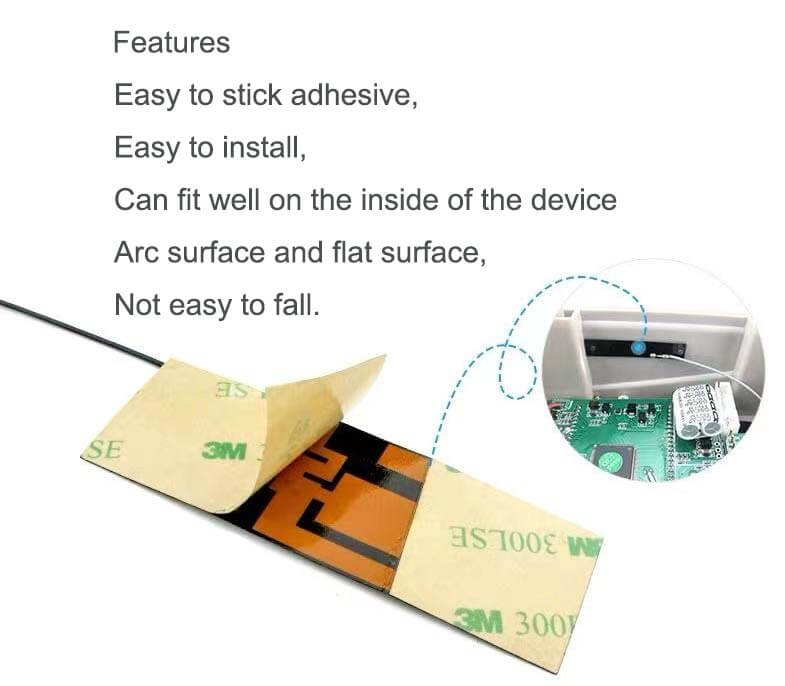
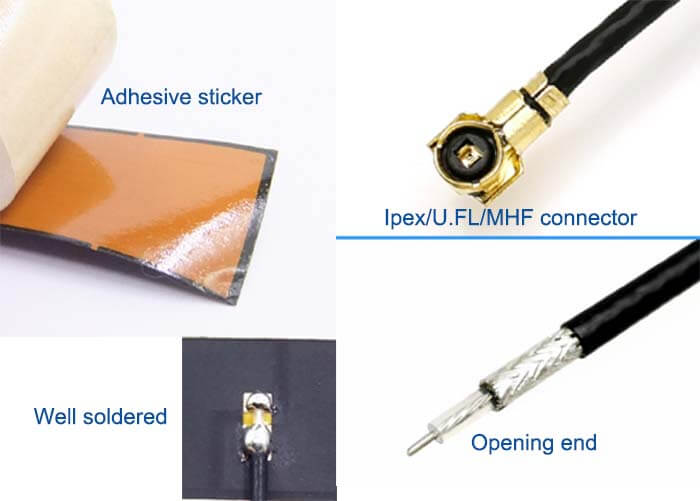
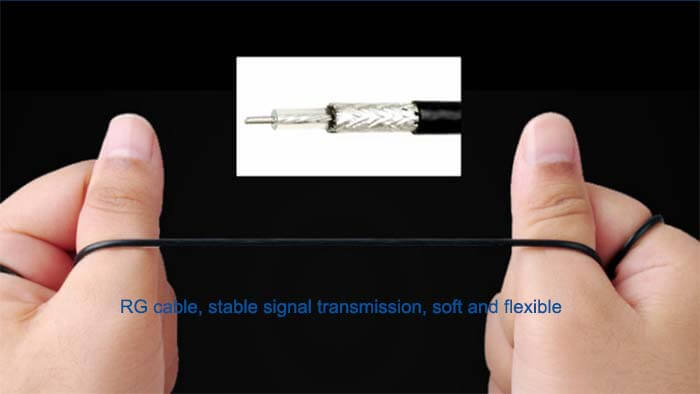
High-performance RF Antenna Applications


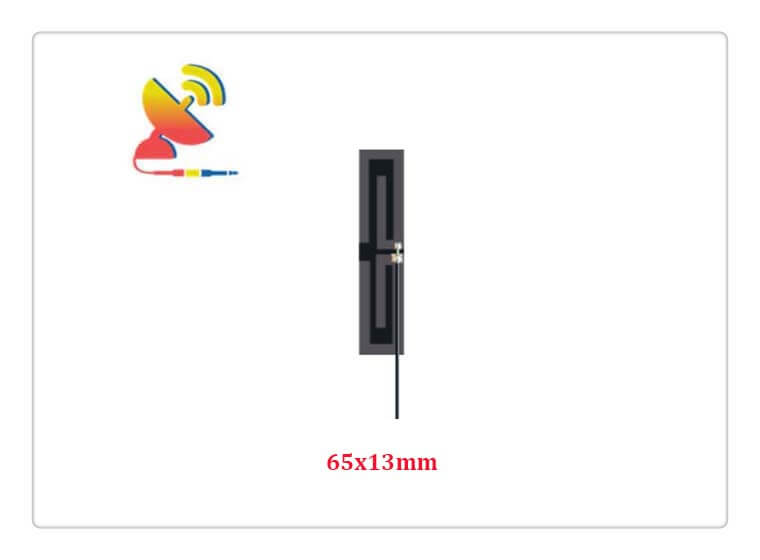
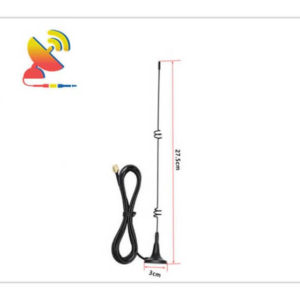
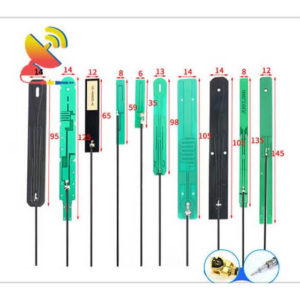
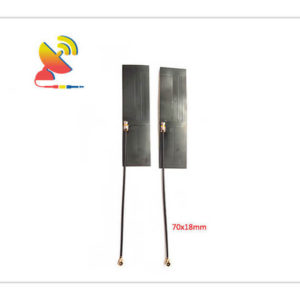
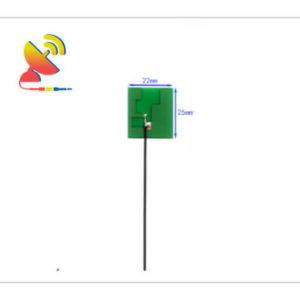
Reviews
There are no reviews yet.